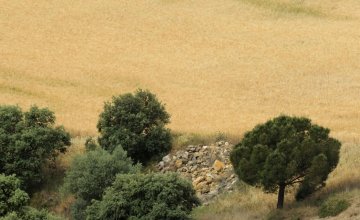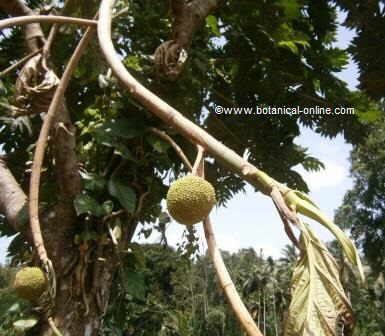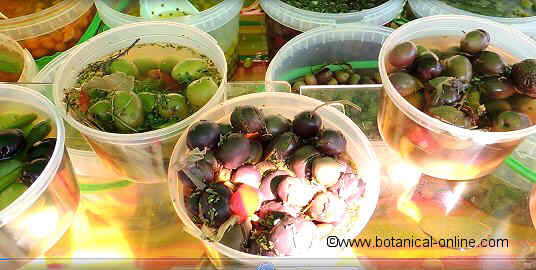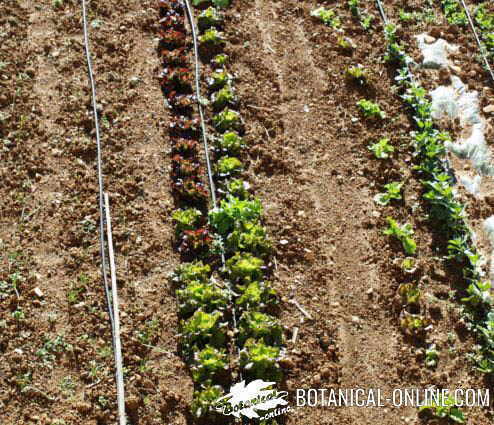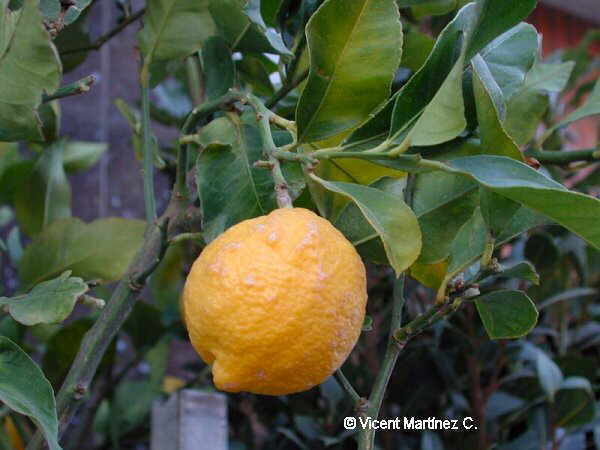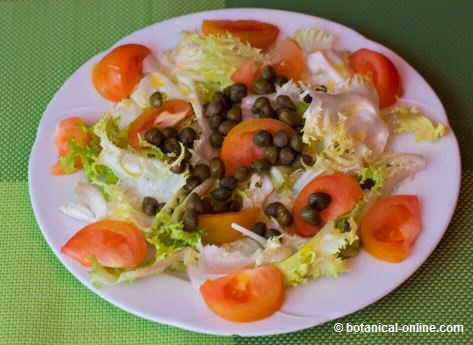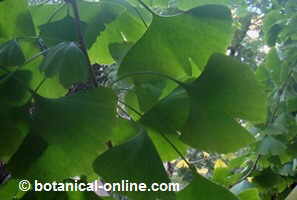Contents
YUCA, TOXIC PLANT
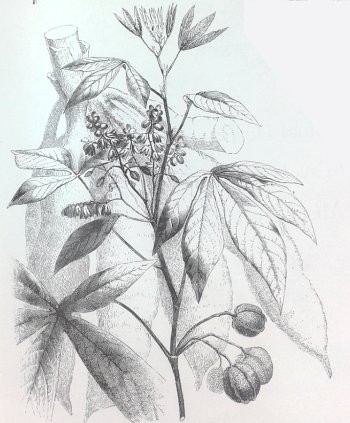
Scientific name: (Manihot esculenta = Manihot utilissima)
Common name: Yuca, cassava, manioc, tapioca.
Family: Euphorbiaceae
Habitat: Tropical and subtropical countries
Toxic active components: Glycosides (Linamarin and Lotus Australian)
Active toxic parts: Leaves, stems, roots and fruits
Uses: (See more information in the “Cassava” section of the list below)
Cassava toxicity
Cassava is a toxic plant. Poisoning can occur because the entire plant contains toxic glycosides, mainly linamarin, which once ingested are attacked by the enzyme linamarase which causes chemical transformations that end with the production of cyanide and acetone. A portion of the cyanide volatilizes. The acetone is eliminated by the body, and the rest of the cyanide (hydrocyanic acid – (HCN) -) enters the bloodstream and accumulates in the tissues.
The ingestion of cassava, in a regular way and not adequately detoxified, can produce from mild symptoms of intoxication to much more serious illnesses.
Likewise, the handling of the plant in the farms without the adequate insulating material or the inhalation of dust or gases in the factories that treat this plant can be responsible for poisoning due to cyanide accumulation in the body, especially in people with low protein ingestion that are necessary for the body to release the poison.
Drinking water contaminated with plant debris could produce the same results.
The toxic capacity of cassava is evident in the fact that the native Africans and Americans use the sap of this plant to poison arrows.
What are the consequences of eating cassava without having eliminated the poison?
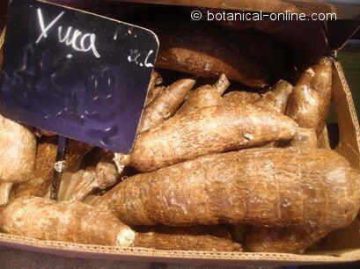
Cassava poisoning can manifest itself in the following ways:
- Neuropathies: are neurological diseases characterized by the degeneration of the central and peripheral nervous system
- Konzo: Also called buka-buka, it is a type of peripheral neuropathy that affects the extremities in an abrupt and sudden way, especially the legs, although it can also affect the arms.
Symptoms of cassava poisoning
- In the mildest cases of poisoning, dizziness, headache or sleep disturbances can occur.
- In the most serious cases of those affected by neuropathies, the symptoms are much more extensive: tingling or numbness of the limbs, body thinning, vision problems with partial or total loss of vision in some cases, joint pain, inflammation of the mucosa of the tongue, weakness of the leg muscles, lack of sensation in some areas of the skin, lack of sensation in the legs and hands, incontinence or urgent need to urinate, mental problems with possible insanity, etc.
How can cassava poisoning be prevented?
There are no non-poisonous cassavas. There are two types of cassava with different degrees of toxicity. Sweet cassava contains up to 50 times less cyanide content. (Around 20 mg per kg compared to around 1000 mg / kg for bitter ones) However, the sweet varieties are not safe and must be treated equally, especially if we take into account that the amount of HCN is very unstable and that it can vary by terrain conditions, weather etc.
To avoid food poisoning from cassava or manioc, this food should be properly processed. Formerly the first men who managed to make it edible used very simple methods. First they grated the plant, then they squeezed its juice and strained it on top of a cloth and, finally, they cooked, roasted or heated the product over fire or in the heat of the sun. Surely this method removed most of the poison. Today’s modern detoxification methods are a bit more complicated and probably safer.
In most of the above processes, the action of water on the shredded matter acts on the cyanogenic glycosides that are water soluble, that is, they dissolve in water, and release them from the plant, converting the resulting mass into a safe food.
![]() More information on cassava
More information on cassava

